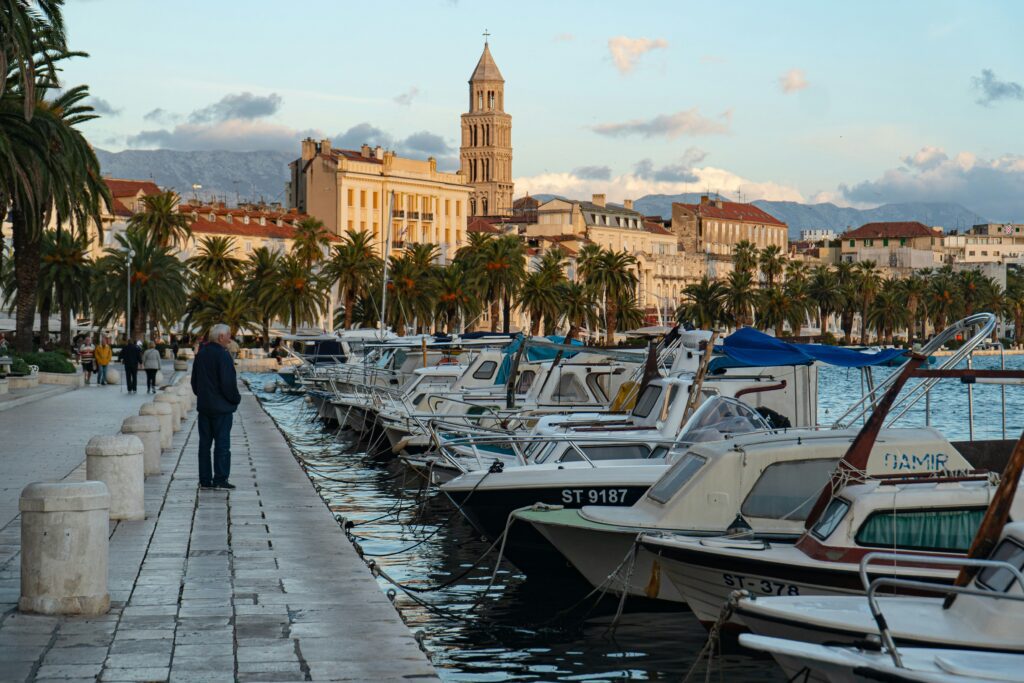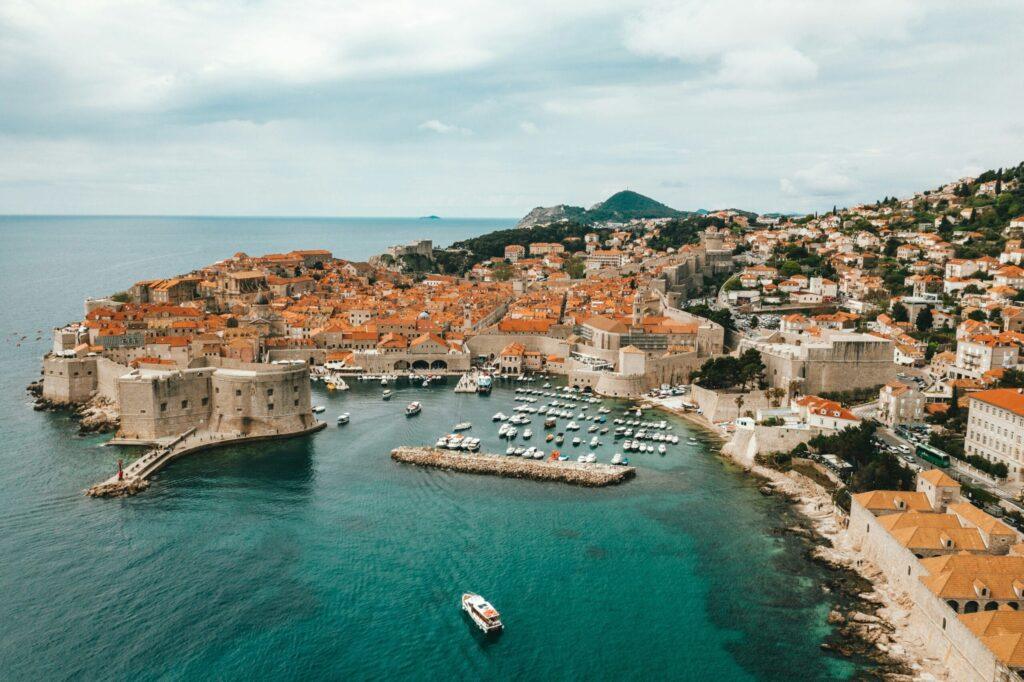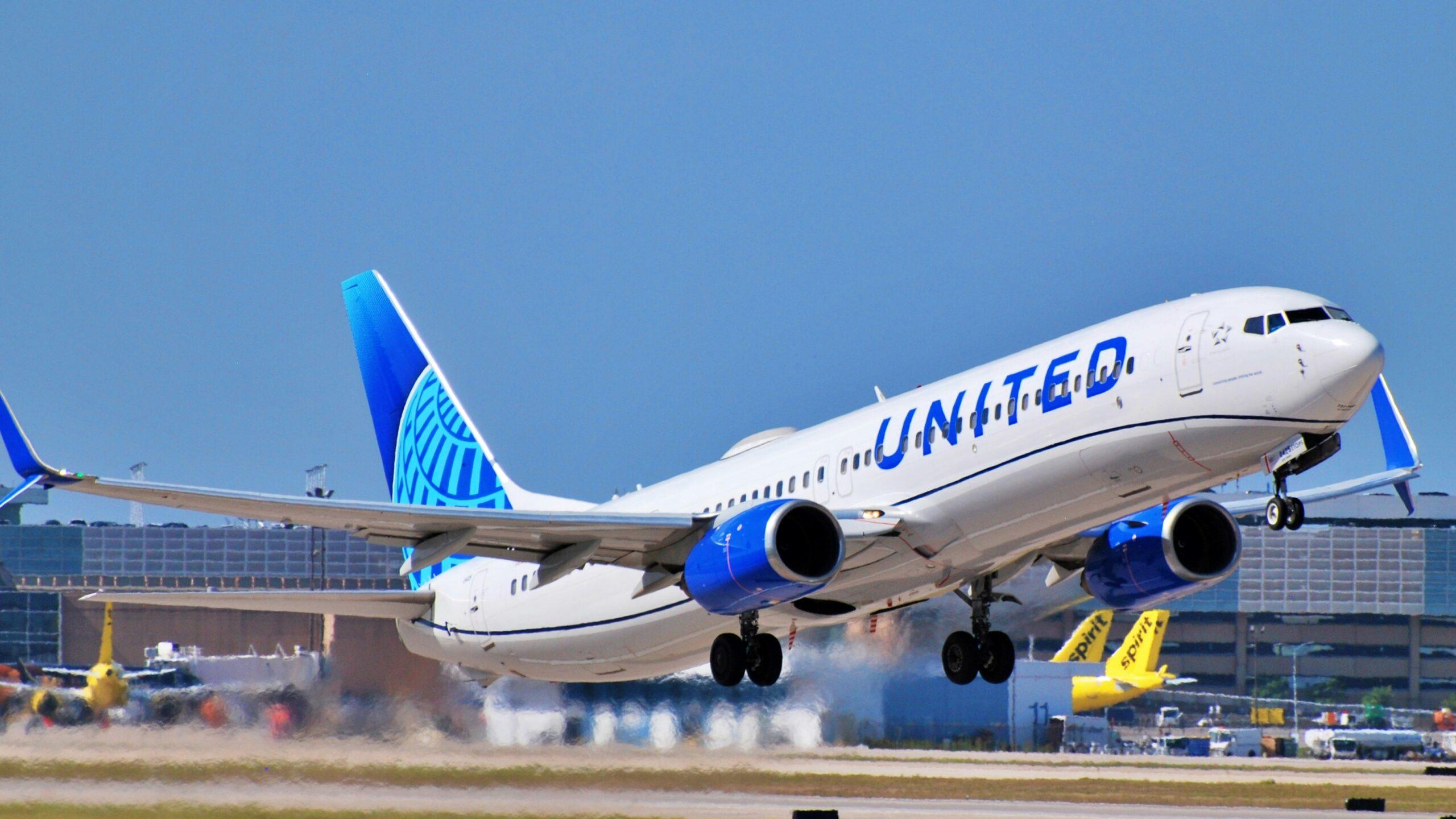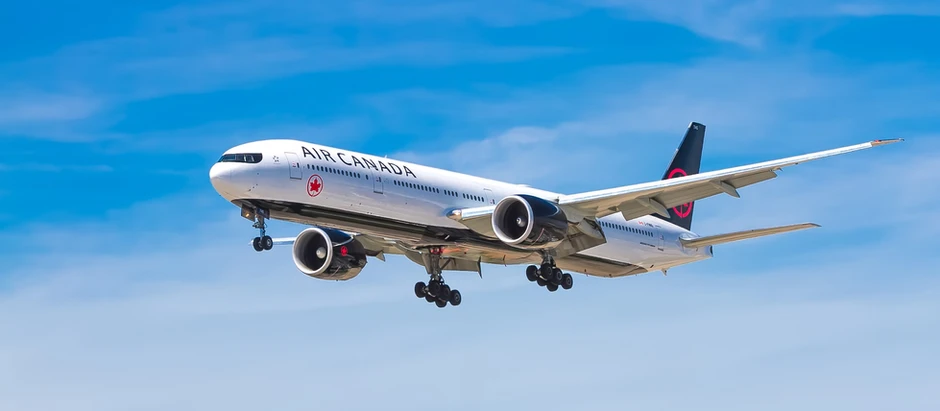Croatia has become an increasingly popular destination for UK travelers, thanks to its stunning coastline, rich history, and affordability. Here’s a comprehensive guide on how to make the most of your week in this beautiful country while keeping costs down.
How to Get There
Flights
Croatia is well-connected to the UK, with direct flights from major airports like London, Manchester, and Birmingham. During peak season (June to August), return flights to cities like Split, Dubrovnik, or Zagreb range from £150 to £300. However, traveling off-peak (April to May or September to October) can significantly reduce costs, with flights often dropping to around £50 to £100.
Travel Tip
While the summer months guarantee warm weather and fully operational attractions, traveling during the shoulder season (late spring and early autumn) is an excellent way to avoid crowds and save on flights. The downside to off-peak travel is that some tourist services may be closed, and the weather can be unpredictable, especially in the autumn when it rains more often.
Typical Weather by Month
- January to March: Croatia experiences cold and wet conditions, particularly inland, with average temperatures ranging from 5°C to 10°C.
- April to June: This is the best time to visit for pleasant weather, with temperatures rising from 15°C in April to 25°C by June.
- July to August: Expect the hottest temperatures, up to 35°C, perfect for beach holidays but also peak season, so prices rise.
- September to October: Temperatures remain mild, around 20°C to 25°C, making it a great time for sightseeing and avoiding the crowds.
- November to December: Cooler temperatures and rain set in, especially in northern Croatia, with averages of 10°C to 15°C.
Language and Currency
The official language in Croatia is Croatian, but English is widely spoken in tourist areas, particularly in larger cities and along the coast. Learning a few phrases like “Hvala” (Thank you) and “Molim” (Please) can go a long way in rural areas, where English is less common.
The local currency is the Euro (€), as Croatia joined the Eurozone in 2023. At the time of writing, the exchange rate is approximately €1 = £0.87, though this may fluctuate. It’s always worth checking rates before you travel and considering a travel-friendly debit or credit card to avoid unnecessary fees.
Local Cuisine on a Budget
Croatia’s culinary offerings are heavily influenced by its location on the Adriatic coast, with Mediterranean and Eastern European influences. The best way to sample local food affordably is by dining at konobas (traditional taverns) or visiting local markets.
- Budget-friendly dishes: Try Ćevapi, a grilled minced meat dish, or Peka, a slow-cooked meat and vegetable dish. These hearty meals can be found for as little as £5 to £10 per portion in smaller towns or less touristy areas.
- Local markets: Cities like Split and Zagreb have bustling food markets where you can grab fresh bread, cheese, olives, and fruit, perfect for picnics. For a cheap and delicious snack, try a slice of Burek (a pastry filled with meat or cheese) for around £2.
- Wine and seafood: While coastal regions like Dalmatia are known for fresh seafood, it’s best to seek out local eateries away from the main tourist strips, where prices can soar. You can enjoy a seafood dish for £15-£20, while a glass of Croatian wine costs around £2-£4 in a konoba.
Affordable Accommodation Options
Croatia offers a range of accommodation to suit all budgets. Here are three options for different price ranges:
- Budget:
Hostel Split Garden (Split) – A highly rated budget option located in the heart of Split. Prices start at around £20 per night for a dorm bed. Private rooms are also available, but they come at a higher rate, approximately £45 per night.
Book on Booking.com. - Mid-range:
Hotel Park Makarska (Makarska) – A comfortable mid-level hotel with sea views, offering rooms from £80 per night. The location provides easy access to the beach and is perfect for families.
Available on Expedia. - Luxury:
Villa Dubrovnik (Dubrovnik) – For those looking to indulge, this luxury hotel offers stunning views of the Adriatic Sea and the Old Town. Prices start from £250 per night, but you can often find deals outside peak season.
Check rates on Expedia.
Top Attractions in Croatia
- Plitvice Lakes National Park
Famous for its cascading lakes and waterfalls, this UNESCO World Heritage site is a must-visit. Entrance fees range from £10 in winter to £35 in summer. - Dubrovnik Old Town
Known as the “Pearl of the Adriatic,” Dubrovnik’s medieval walls, cobbled streets, and historic charm are well worth the trip. Walking the city walls costs around £25 per person. - Hvar Island
For a more relaxed vibe, visit Hvar, an island known for its lavender fields, vineyards, and beautiful beaches. Ferries from Split cost about £5 to £8 per person, depending on the season. - Diocletian’s Palace (Split)
This Roman-era palace in the heart of Split is both a historical monument and a bustling hub for restaurants and shops. Entry to the palace is free, though some specific areas charge for entry. - Zadar’s Sea Organ
A unique architectural sound object located along the Zadar waterfront. Enjoy this free, relaxing experience while watching the sunset.

10 Money-Saving Tips for Croatia
- Travel Off-peak
Visiting between April-May or September-October can save up to 50% on flights and accommodation. - Use Public Transport
Buses are the most cost-effective way to travel between cities, with tickets between Split and Dubrovnik costing around £12. Avoid taxis, which are much more expensive. - Opt for Apartments over Hotels
Airbnb and similar services offer self-catering apartments at a fraction of hotel prices, starting from £30 per night. This allows you to save on meals by cooking your own food. - Get a National Park Pass
If you plan to visit more than one national park, consider purchasing a combined pass to save on entry fees. Plitvice Lakes and Krka National Park are popular choices. - Eat like a local
Avoid the tourist traps in Dubrovnik and Split’s Old Town. Head to less frequented neighborhoods for affordable meals, where locals dine for half the price. - Bring a Water Bottle
Tap water is safe to drink in Croatia, so bring a reusable bottle and fill it up instead of buying bottled water, which can cost £1-£2 per bottle. - Take a Ferry Instead of a Private Boat Tour
If you’re visiting the islands, ferries are much cheaper than private boat tours. A ferry ride between Split and Hvar costs as little as £5. - Free Walking Tours
Many cities offer free walking tours where you can learn about the history and culture, with guides relying on tips rather than charging a fixed price. - Use a Prepaid SIM Card
Buying a local SIM card with data is much cheaper than using international roaming. A prepaid SIM from Hrvatski Telekom costs around £5 for a week with 5GB of data. - Buy a Dubrovnik Card
For those spending time in Dubrovnik, the Dubrovnik Card gives access to museums and public transport. The 7-day pass costs £35 and includes free entry to top attractions like the City Walls.



